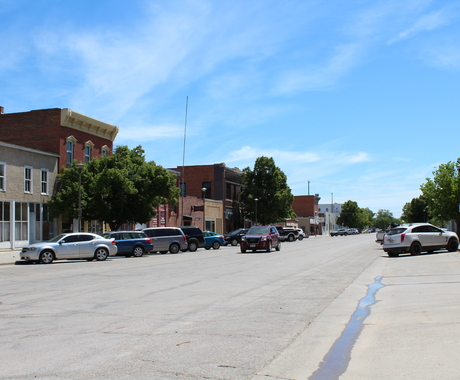For decades, the Center for Rural Affairs has reported on higher rates of poverty in rural areas. Landmark reports from the Center, including “Half a Glass of Water” and “Trampled Dreams” drew attention to the high rates of rural poverty in the early 1990s and early 2000s. Recent Center research on health insurance and food insecurity also noted the issue.
In a 2021 report, “Hunger and the Local Economy,” we reported that poverty rates remain highest in rural areas. One recent dataset showed rural poverty at 16.4% compared to 12.9% in urban areas. Another dataset showed 22.4% of rural children face poverty compared to 17.4% of urban children. Of the 41 counties in the country where the child poverty rate was more than 50%, 39 are rural.
Persistent poverty is found mostly in rural areas, especially in the South, although the rates of poverty are growing in rural parts of the Pacific, Southwest, Midwest, and Northeast. Nearly 80% of counties considered high poverty in the country are rural, and all counties with extreme poverty are rural.
A recent change in federal policy offers a promising antidote to this long-running challenge. Starting in July, most households with children receive monthly advances on an expanded child tax credit. The expansion was included in the American Rescue Plan passed in March.
Households receive $250 for each child (and $300 for each child younger than 6) per month. The expanded credit phases out once incomes exceed $112,500 for heads of households or $150,000 for married couples.
The Rescue Plan also changed how the tax credit is calculated. Previously, the credit was not available to the lowest earning families. Before the changes, nearly half of children living in rural areas received less than the full credit because their parents earned too little, even as higher earning households received the full credit. This disproportionately affected black and Hispanic households as well.
The Rescue Plan made the credit fully available to these households, and it is now expected to reach more than 90% of U.S. households with children. Research also shows that paying the credit on a monthly basis increases the likelihood that the credit will be spent on household expenses that alleviate the worst symptoms of childhood poverty.
These changes will increase household income for almost all rural households with children, with an even greater increase for the poorest families and lowest earners.
The expanded credit is expected to lift 10 million children out of poverty. With higher levels of childhood poverty, rural communities stand to gain from this change.
However, unless Congress acts again, the expanded credit will expire in 2022. If Congress fails to act, the credit would no longer be advanced, would be reduced to the prior amount, and the poorest families would again become ineligible.





